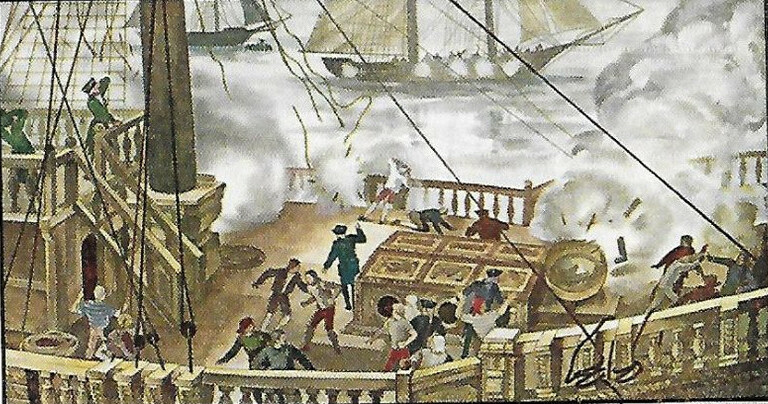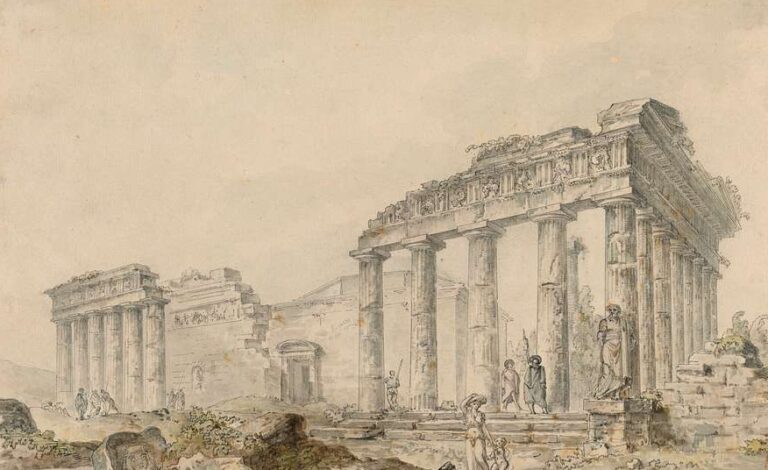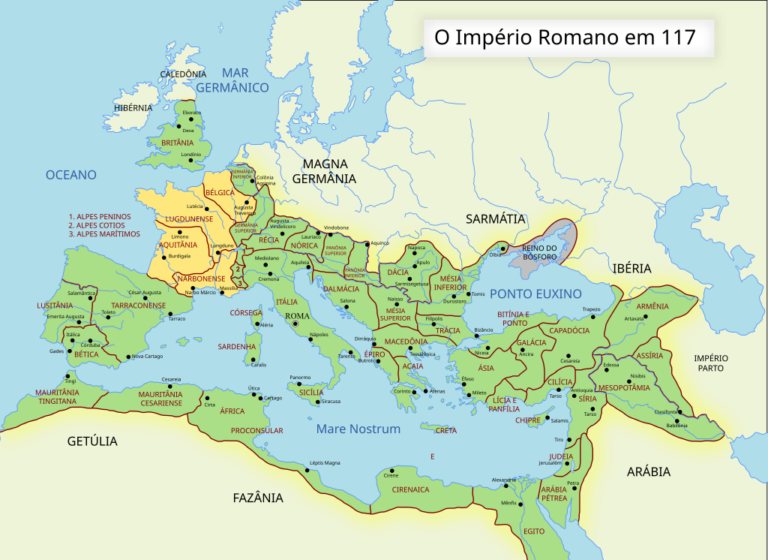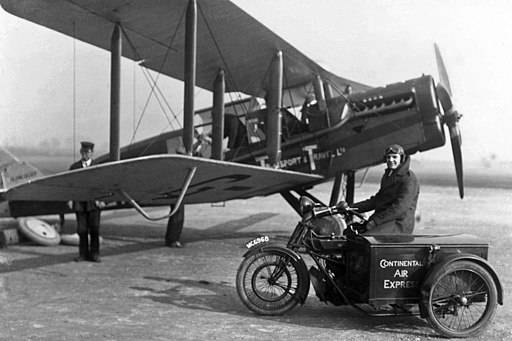
The history of commercial aviation is a fascinating journey from the earliest days of powered flight to the modern era of global air travel. Over the past century, aviation has evolved from a niche service for the wealthy to an essential component of global transportation, connecting people and economies across the world.
The Birth of Aviation (1903)
The foundations of commercial aviation were laid on December 17, 1903, when the Wright Brothers, Orville and Wilbur Wright, successfully completed the first powered flight near Kitty Hawk, North Carolina. Their achievement marked the dawn of modern aviation, inspiring rapid advancements in aircraft technology.
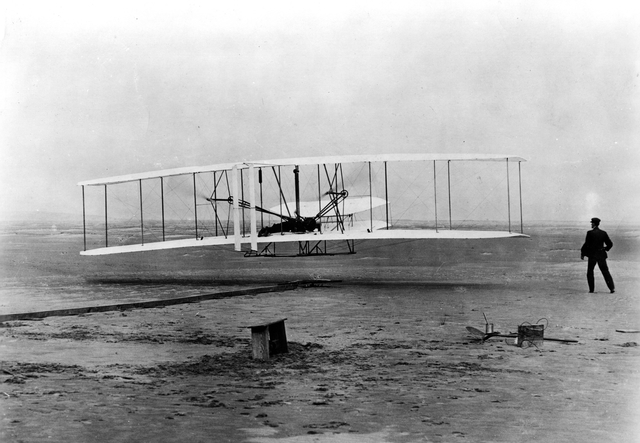
The First Commercial Flight (1914)
The dawn of civil aviation began on January 1, 1914, when the world’s first scheduled commercial flight took off. Operated by the St. Petersburg-Tampa Airboat Line in Florida, a Benoist XIV flying boat piloted by Tony Jannus carried one passenger, Abram C. Pheil, across 21 miles from St. Petersburg to Tampa. The flight lasted 23 minutes and cost $5—a steep price at the time. This modest journey proved that air travel could be a viable means of transportation, setting the stage for the industry’s future. Though the service only ran for a few months, it ignited interest in passenger aviation.
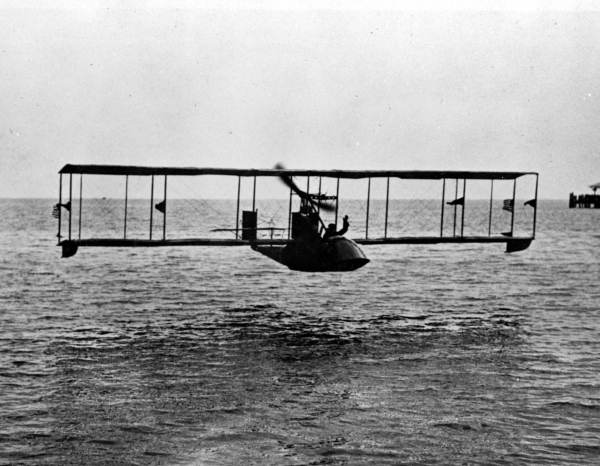
The World’s First Daily International Scheduled Air Service (1918)
The rapid advancement of aviation during World War I led to the establishment of the first daily international scheduled air service on May 15, 1918. Aircraft Transport and Travel began operating flights between London and Paris, laying the groundwork for international commercial aviation and demonstrating the viability of cross-border air travel.

The Birth of Airmail (1918)
On May 15, 1918, the U.S. Post Office launched the first regular airmail service between New York City, Philadelphia, and Washington, D.C. Using Curtiss JN-4 “Jenny” biplanes, the service was a collaboration between the Post Office and the U.S. Army. The inaugural flight, however, was rocky—pilot George Boyle got lost and crash-landed in Maryland. Despite early hiccups, airmail demonstrated aviation’s potential for speed and reliability, outpacing trains and ships. By the 1920s, airmail routes expanded across the U.S., laying the groundwork for passenger networks and subsidizing the fledgling airline industry.
The First Transatlantic Nonstop Flight (1919)
On June 14-15, 1919, British aviators John Alcock and Arthur Whitten Brown made history by completing the first nonstop transatlantic flight. Flying a modified Vickers Vimy bomber, they departed from Newfoundland, Canada, and landed in Clifden, Ireland, after 16 hours and 27 minutes. Covering 1,890 miles, their daring journey earned them a £10,000 prize from the Daily Mail and showcased the feasibility of long-distance air travel. While not a commercial flight, this milestone inspired future transoceanic routes and captured the public’s imagination.
The First In-Flight Meal Service (1919)
In 1919, Handley Page Transport introduced the first in-flight meal service on flights between London and Paris. This marked the beginning of airlines offering onboard services to enhance passenger comfort.
The Growth of Airline Carriers (1919)
Around 1920, more start-up airline carriers emerged, some of which still operate today. Airlines such as KLM (Netherlands, 1919), Avianca (Colombia, 1919), Qantas (Australia, 1920), and Czech Airlines (1923) were established during this period, setting the foundation for global commercial aviation.
First Air Traffic Control (1920)
In 1920, Croydon Airport near London established the world’s first air traffic control system. Using radio communication and basic navigation aids, it managed growing air traffic, laying the groundwork for modern airspace management.
The Introduction of Multi-Engine Passenger Aircraft (1920)
It wasn’t until 1920 that commercial flights carrying paying passengers became more common with the introduction of the Lawson C-2, an early multi-engine airplane designed specifically for passenger transport.
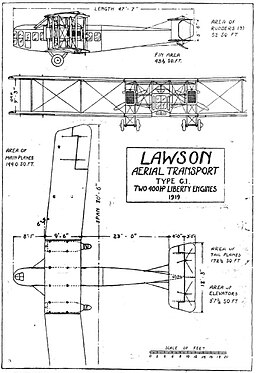
Introduction of the Boeing 247 (1933)
Launched on February 8, 1933, the Boeing 247 was the first modern airliner, featuring an all-metal design, retractable landing gear, and a streamlined shape. It could carry 10 passengers at speeds up to 189 mph, setting a new standard for commercial aircraft.
The Douglas DC-3 Revolutionizes Air Travel (1935)
The introduction of the Douglas DC-3 in 1935 had a profound impact on the history of commercial aviation. A larger and more advanced aircraft than its predecessors, it could carry up to 32 passengers and had a cruising speed of 207 mph with a range of 1,500 miles. The DC-3 quickly became popular among major airlines like Delta, TWA, American, and United, revolutionizing air travel by making it faster, more reliable, and more profitable. By 1939, it was used on 90% of U.S. airline routes and became a workhorse during World War II, cementing its legacy as one of the most influential planes in history.
The Air Traffic Control System Takes Shape (1935)
In 1935, the U.S. government opened its first airway traffic control center in Newark, New Jersey, marking the birth of modern air traffic control (ATC). Initially managed by airline employees, the system transitioned to federal oversight by 1938 under the Civil Aeronautics Authority (predecessor to the FAA). Using radio communication and basic navigation aids, ATC coordinated flights to prevent collisions as air traffic grew. This milestone established a framework for safety and efficiency, enabling the rapid expansion of commercial aviation in the decades that followed.
The Introduction of Pressurized Cabins (1938)
In 1938, Boeing introduced the Boeing 307 Stratoliner, the first commercial aircraft with a pressurized cabin. This innovation allowed airplanes to fly at higher altitudes, providing a smoother and more comfortable flight experience while improving fuel efficiency.
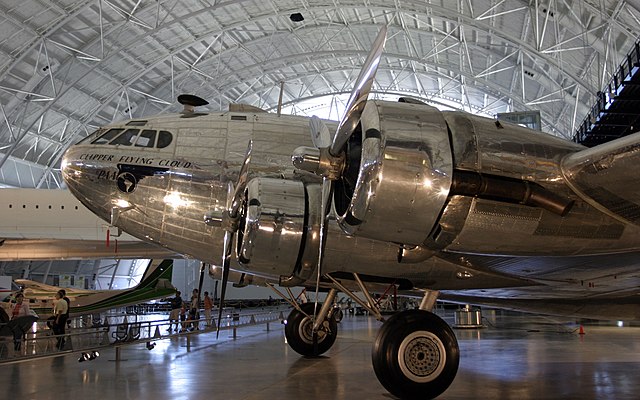
The First Commercial Use of Radar (1940s)
During the 1940s, radar technology was introduced into commercial aviation to improve navigation and safety. This advancement significantly enhanced the ability of pilots to detect and avoid weather disturbances and obstacles.
The Founding of International Air Transport Association (IATA) (1945)
The International Air Transport Association (IATA) was established in 1945 to regulate and support the rapidly growing commercial aviation industry. It played a crucial role in standardizing international air travel policies and improving airline safety.
The First Commercial Jet Flight (1952)
The jet age took flight on May 2, 1952, when the de Havilland Comet, operated by BOAC (British Overseas Airways Corporation), completed the world’s first scheduled jet passenger service from London to Johannesburg. Capable of cruising at 480 mph—twice the speed of propeller-driven planes—the Comet cut travel times dramatically. Though early models suffered tragic accidents due to metal fatigue, the jet engine’s introduction transformed aviation, paving the way for faster, higher-flying aircraft like the Boeing 707 and making international travel more accessible.a.
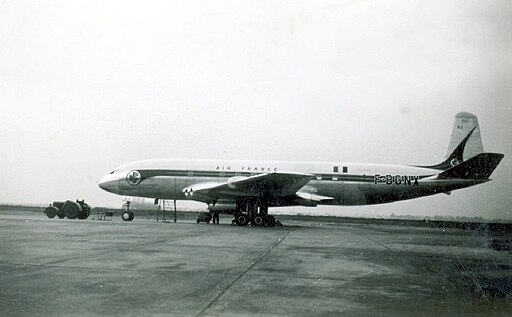
The First Helicopter Passenger Service (1954)
In 1954, Los Angeles Airways launched the world’s first scheduled helicopter passenger service, flying Sikorsky S-51 helicopters between Los Angeles International Airport and nearby cities like Long Beach. Carrying up to five passengers, these flights offered a novel solution for short-haul urban transport. While helicopters never dominated civil aviation, this milestone pioneered vertical flight for civilian use, influencing later developments like heli-taxi services and emergency medical transport.
Boeing 707 (1957)
A major turning point in commercial aviation came with the introduction of the Boeing 707 on March 15, 1957. As the first commercially successful jet airliner, the Boeing 707 revolutionized air travel by significantly reducing travel times and increasing passenger capacity. It ushered in the Jet Age, making air travel more accessible to the general public.
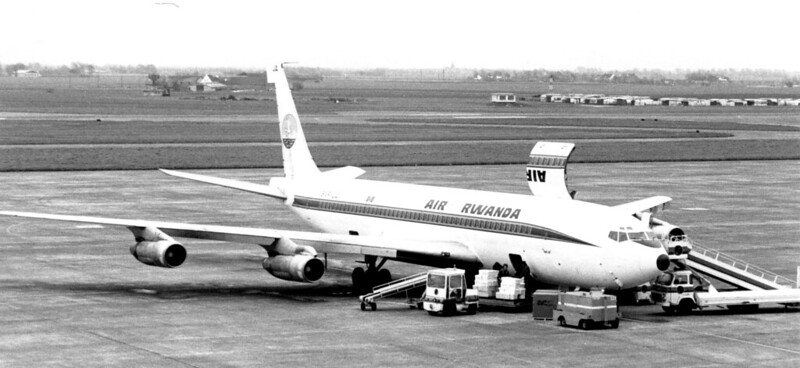
Tupolev Tu-114 Sets Long-Distance Record (1970)
The Soviet Tupolev Tu-114, a turboprop airliner, entered service in 1957 and later set a record for the longest commercial flight (Moscow to New York, 1960). It showcased advancements in range and capacity outside the Western aviation sphere.
The Jumbo Jet Revolution (1970)
On January 22, 1970, Pan Am launched the Boeing 747’s first commercial flight from New York to London. Nicknamed the “Jumbo Jet,” the 747 could carry up to 660 passengers (though typically configured for 400-500) and boasted a range of 5,300 miles. Its size and efficiency slashed ticket prices, democratizing air travel and fueling the rise of mass tourism. The 747’s distinctive hump and double-deck design became an icon of aviation, symbolizing a new era of global connectivity that lasted for decades.
The Rise of Low-Cost Carriers (1971)
Southwest Airlines, founded on March 15, 1967, began flying on June 18, 1971, introducing the low-cost carrier (LCC) model to the world. Operating Boeing 737s on short, high-frequency routes in Texas, Southwest prioritized efficiency—quick turnarounds, no assigned seats, and minimal frills—to offer cheap fares. This approach disrupted the industry, forcing legacy airlines to adapt and inspiring LCCs like Ryanair and EasyJet. By making flying affordable for the masses, Southwest redefined civil aviation’s reach and remains a dominant force today.
The Supersonic Era (1976)
On January 21, 1976, the Concorde, a supersonic passenger airliner, made its first commercial flight from London to Bahrain. Capable of flying at Mach 2.04 (1,354 mph), the Concorde cut transatlantic travel time to under 3.5 hours. Despite its technological marvel, high costs, noise concerns, and a limited market (only 14 aircraft entered service) restricted its impact. The Concorde retired in 2003, but it remains a symbol of aviation’s ambition.
The Deregulation of U.S. Airlines (1978)
On October 24, 1978, President Jimmy Carter signed the Airline Deregulation Act, ending decades of government control over U.S. airline routes and fares. Spearheaded by economist Alfred Kahn, the act unleashed competition, leading to lower ticket prices, new routes, and the rise of budget carriers. While it caused turbulence—some airlines folded, others merged—it transformed air travel into a consumer-driven market, a model later adopted worldwide. This milestone reshaped the industry’s economics and accessibility.
Boeing 767 Introduces Twin-Engine Long-Haul (1982)
The Boeing 767 entered service with United Airlines on September 8, 1982. As the first twin-engine jet approved for extended overwater flights (ETOPS), it transformed transoceanic travel economics and efficiency.
Advancements in Efficiency and Comfort (1995)
On December 7, 1995, the Boeing 777 entered commercial service with United Airlines. As a long-range, wide-body, twin-engine jet airliner, the Boeing 777 set new standards for fuel efficiency, comfort, and capacity, making long-haul flights more affordable and efficient.
The GPS Revolution in Navigation (1995)
In 1995, the U.S. Global Positioning System (GPS) became fully operational with 24 satellites, revolutionizing civil aviation navigation. Airlines began integrating GPS into flight management systems, replacing less precise ground-based radio beacons. The first widespread civilian use in aviation came with the FAA’s approval of GPS for en-route and approach phases by the mid-1990s. This milestone enhanced safety, reduced fuel consumption through optimized routes, and paved the way for today’s precision landing systems.
The Introduction of the Airbus A380 (2007)
In 2007, Airbus launched the A380, the world’s largest passenger airliner. With a seating capacity of over 850 passengers, the A380 was designed to serve high-density routes, increasing efficiency and passenger experience. However, shifting market demands toward smaller, fuel-efficient planes led to its production ending in 2021. Still, the A380 marked a bold milestone in aviation’s quest for scale.
….
Other articles:
Longest-Lasting Wars in History
20 Surprising Facts about Mao Zedong
The History of Commercial Flight: How Global Travel Took off
Images:
The Flight magazine archive from Flightglobal, CC BY-SA 4.0 https://creativecommons.org/licenses/by-sa/4.0, via Wikimedia Commons
Kaszeta: May 16, 2005, Creative Commons Attribution-Share Alike 3.0 Unported
Steve Knight, 9XR-JA Boeing 707-328C Air Rwanda OST 250489, Attribution 2.0 Generic

